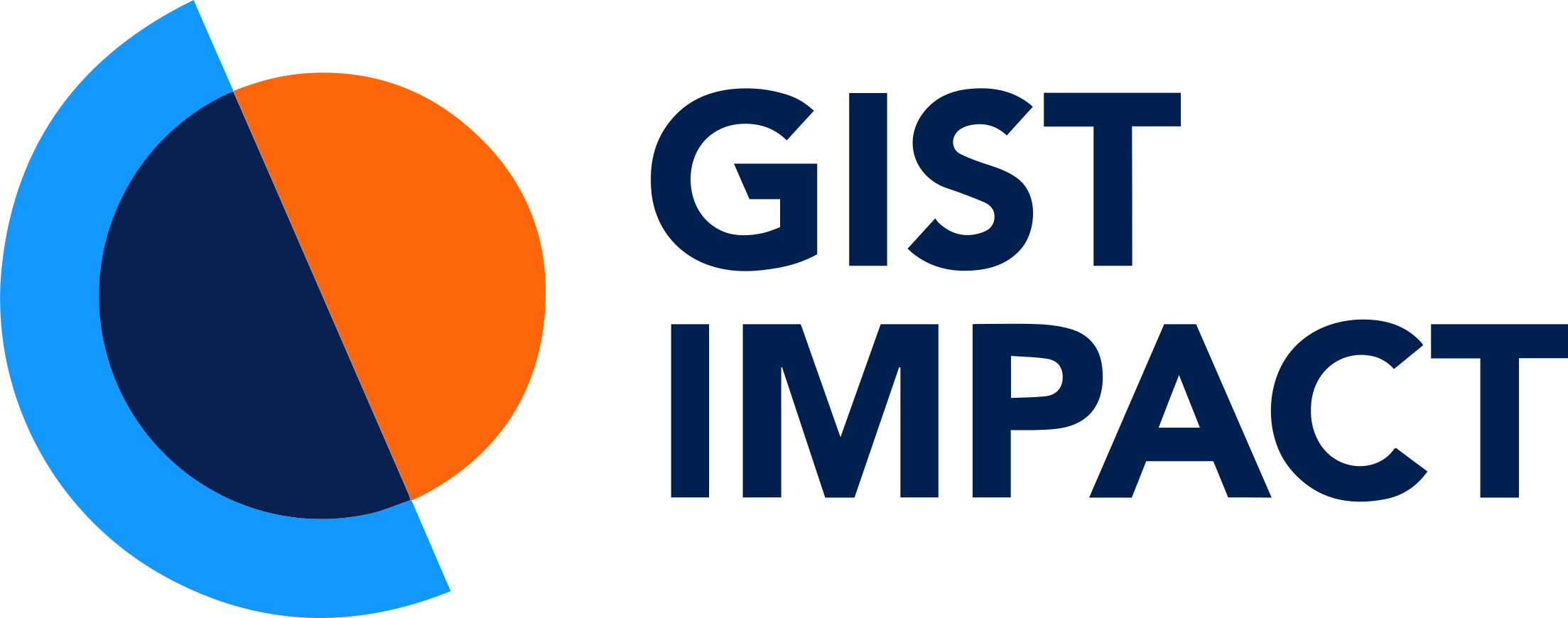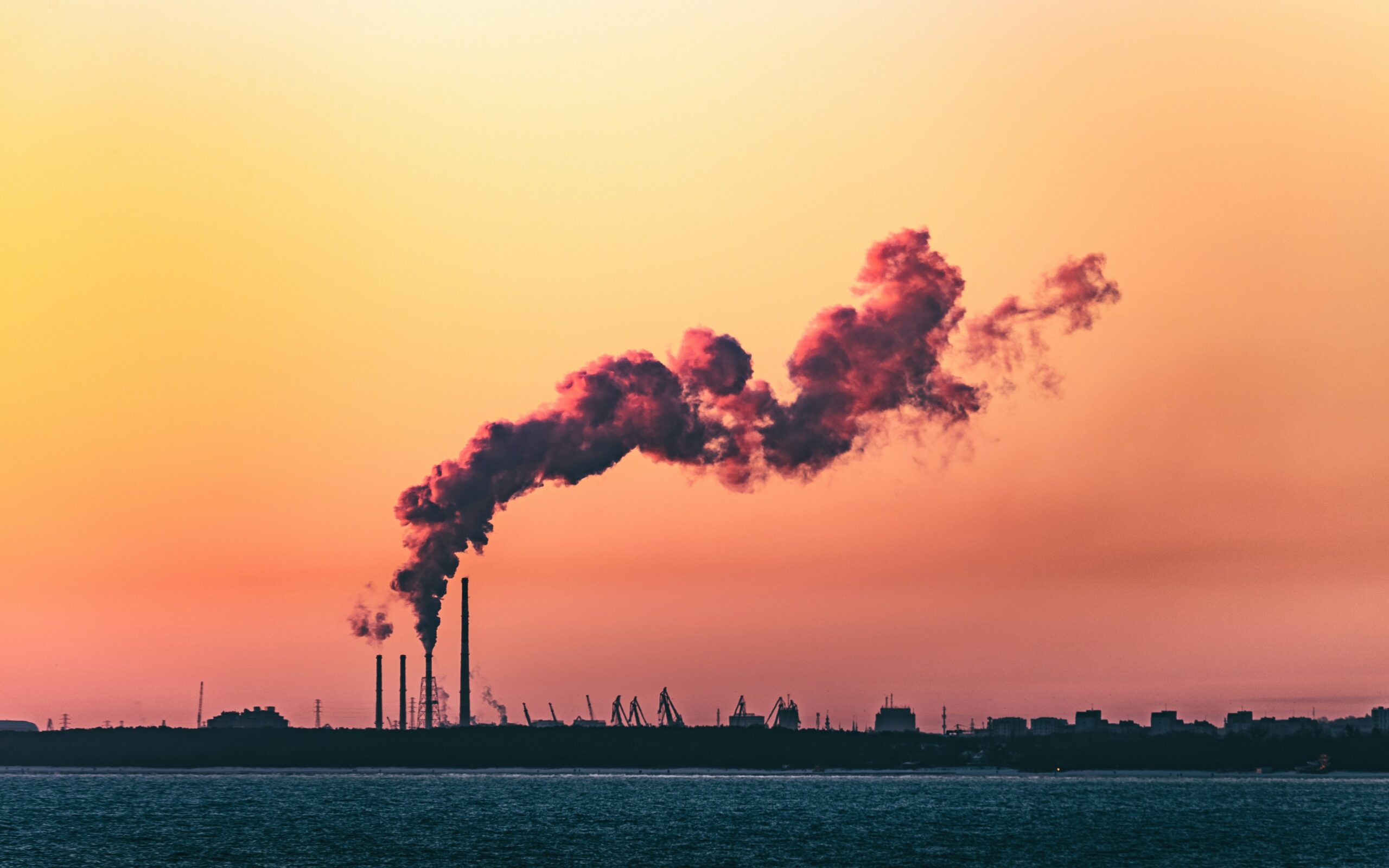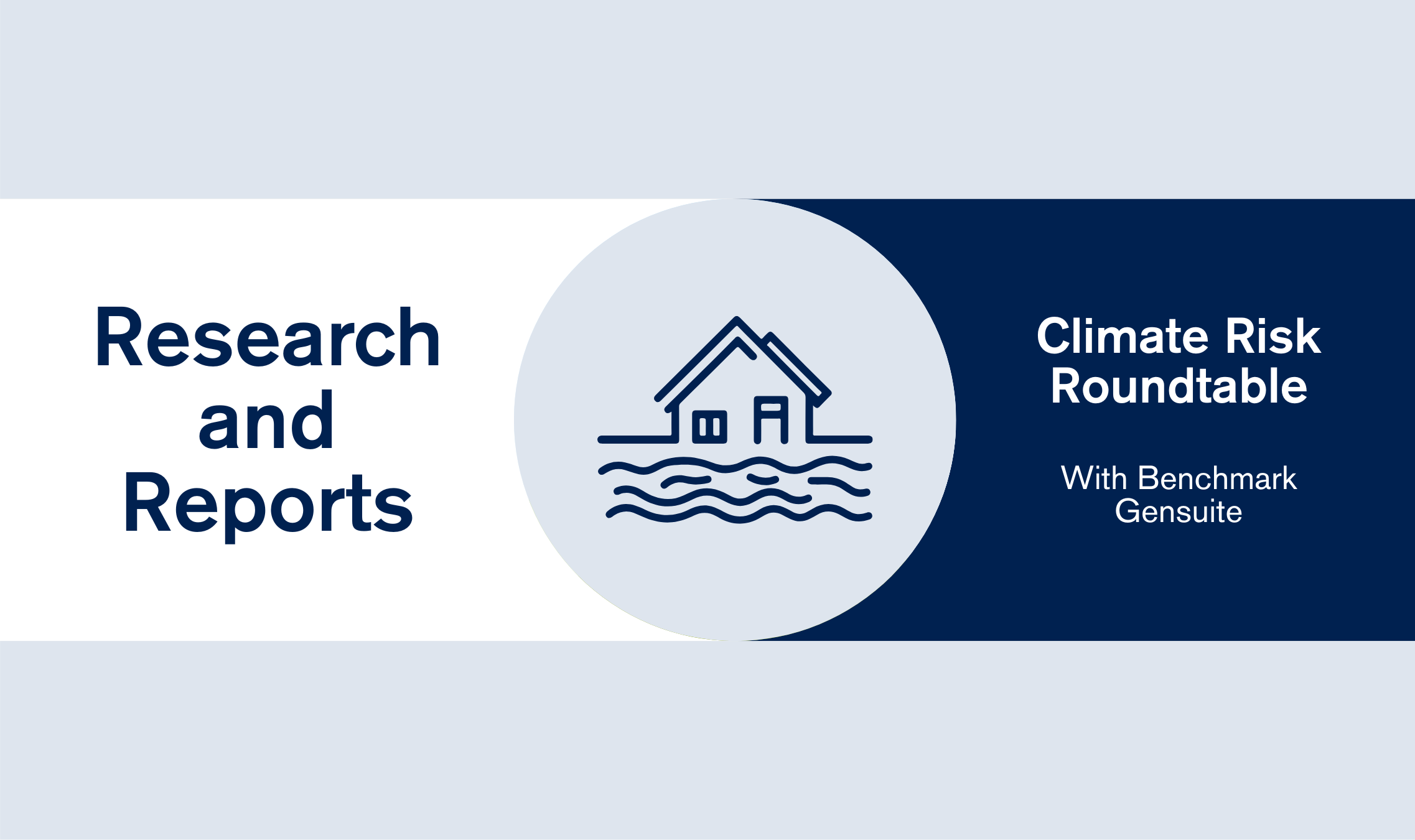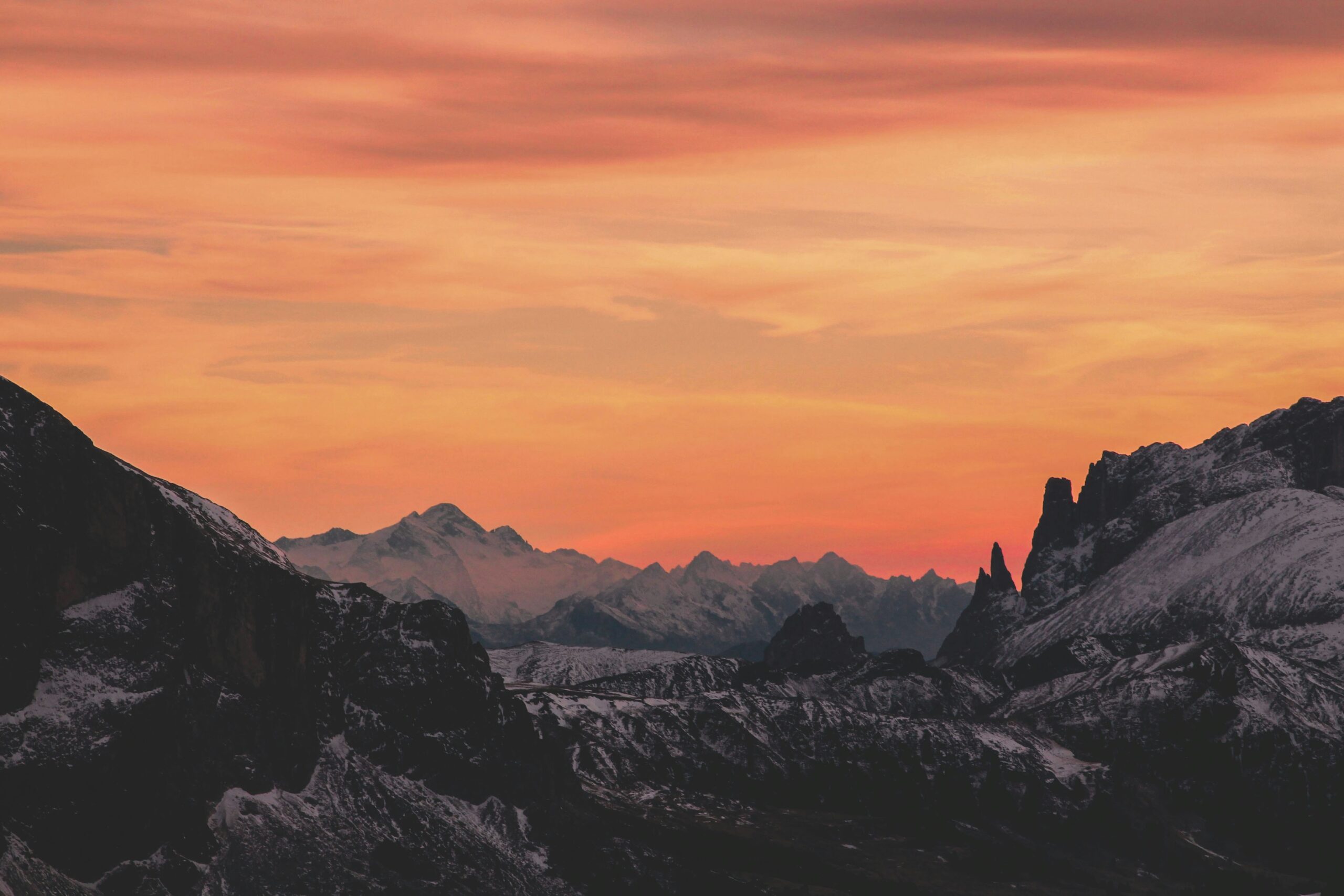Our anthropocentric viewpoint often disregards how we humans affect the environment around us. We tend to overlook the impact of our activities on nature and species, while we are directly responsible for the loss of 83% of wild mammals and half of plant species globally.
We humans rely deeply on nature and use its provisions for livelihood, food, health, etc. However, this reliance has caused us to overshoot usage of Earth’s resources annually. Earth Overshoot Day marks the date every year when humanity has used up more resources than the Earth can regenerate in that same year – concerningly, at current rates, humans are consuming resources at a rate 5 months longer than it takes nature to replenish them.
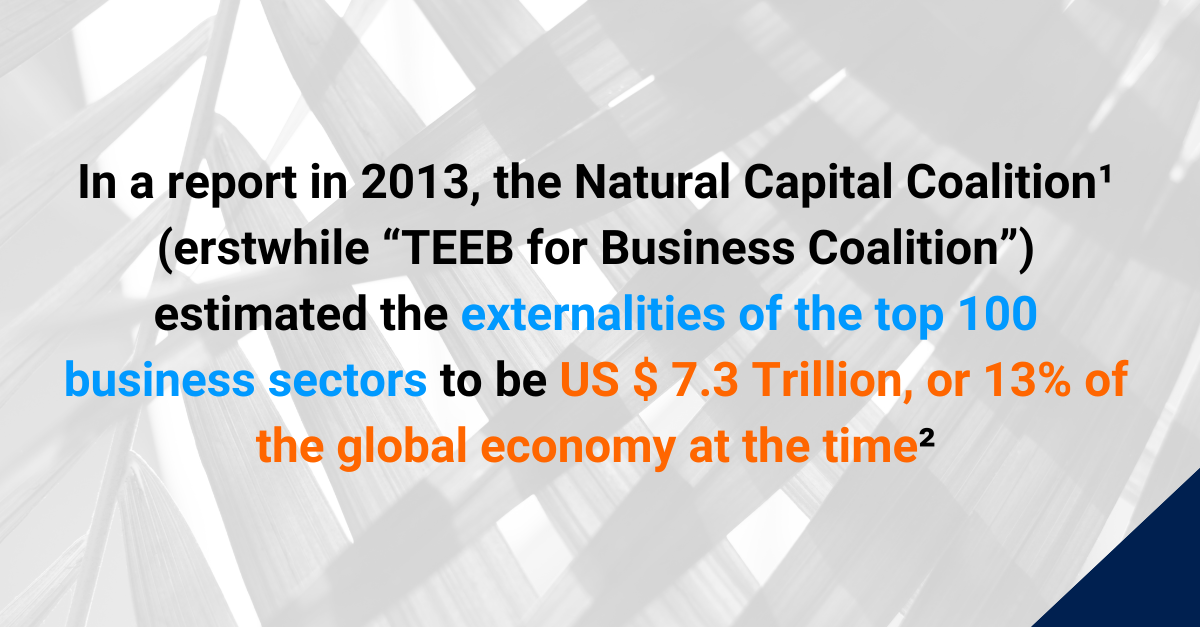
2. https://www.trucost.com/publication/natural-capital-risk-top-100-externalities-business/
Two-thirds of our economy is private sector, which is also proportionately responsible and accountable for negative impacts on the environment, driving us towards planetary boundaries.

Impact on nature and biodiversity is measured at three levels – ecosystems, species and genetic. GIST Impact’s investor solution on biodiversity impact focuses on calculating species-level biodiversity through Potentially Disappeared Fraction of species (PDF) that provides investors with an indicator to measure portfolio and company impact on biodiversity.
Species-level biodiversity can be affected both by direct and indirect drivers. The direct drivers such as land transformation, habitat fragmentation, hunting etc. can have immediate impact on biodiversity, and are associated with business activities which are typically directly involved in activities leading to land transformation or occupation.

Direct drivers such as land transformation play a large part in company activities for primary sector companies such as agriculture, forestry, mining. For example, Astra International (its subsidiary is Indonesia’s second largest palm oil company), 92% of biodiversity impact (in PDF) is attributed to land use, while in the case of Weyerhaeuser, a timber company based in North America, 32% of impact on comes from land use in 2021.

The impacts of direct drivers of biodiversity are significant and should be investigated; but the majority of the biggest companies by market cap are involved in business activities which typically have Indirect impacts on biodiversity.
The indirect impact drivers include pressure indicators such as greenhouse gas emissions (GHGs), water extraction, water & land pollution (Nitrogen & Phosphorus), air emissions (such as oxides of Nitrogen and Sulphur) and impacts from end treatment/disposal of waste. The indirect impact drivers, although might not have immediate impact on biodiversity but the impacts can be significant. Most companies can have a combination of both direct and indirect impacts on biodiversity and measuring them independent of one another presents an incomplete picture of the impacts.
For example, Waste contributes to 75% of PDF impact for Waters Corp, and Air pollutants (NOx and SOx) contribute to 41% of PDF impact for Carrier Global.

As the world moves towards a future where the level of sustainability of a company plays a prime role in defining its future risks and opportunities, it is important for investors to have a clear and objective set of sustainability metrics that help them to take informed investment decisions, related either to specific opportunities, portfolio analyses or overall investment strategies, especially in the case of impact to natural environment.
If you would like to to know more about our biodiversity offering, please do not hesitate to reach out to us at investorhelp@gistimpact.com.
